Conie Vallese and Super Yaya’s beribboned bronze furniture is dressed to impress
Tucked away on the top floor of Villa Bagatti during Milan Design Week 2025, artist Conie Vallese and fashion designer Rym Beydoun of Super Yaya unveiled bronze furniture pieces, softened with hand-dyed ribbons in pastel hues
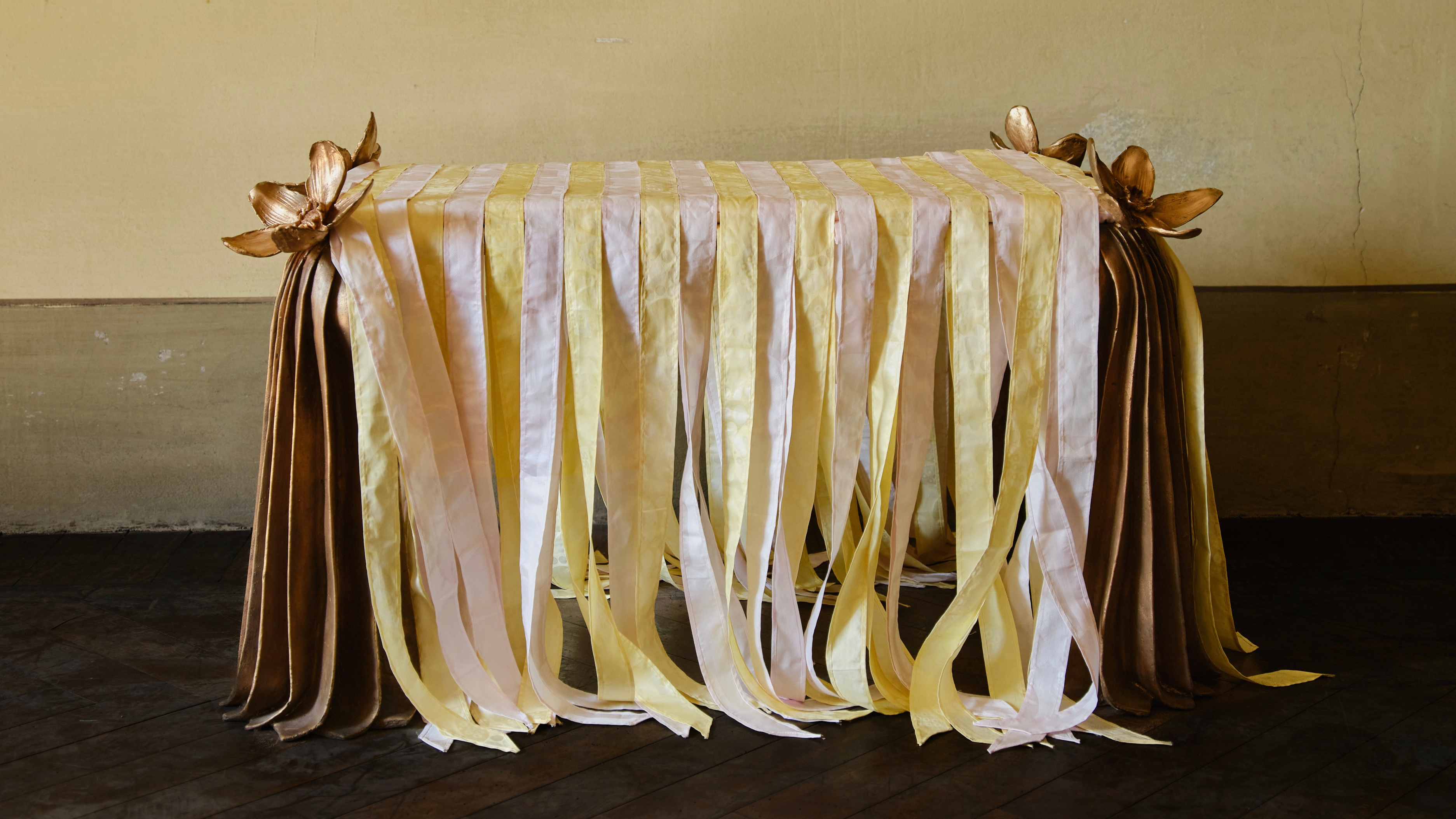
Milan Design Week 2025 was packed with ‘fashion meets furniture’ moments – many of them big, ostentatious, and trailed by hour-long queues that wrapped around the block. One quieter, but no less compelling, installation was tucked away in a space off the rooftop terrace of Villa Bagatti as part of the Alcova 2025 showcase. There, Argentine artist and designer Conie Vallese joined forces with Lebanese-Ivorian fashion designer Rym Beydoun, founder of Super Yaya, on a series of bronze furniture pieces adorned with intricate floral motifs – Vallese’s signature (also seen in her Elhanati jewellery and jewelled cutlery collaborations) – enhanced by hand-dyed ribbons in soft pastels by Beydoun.
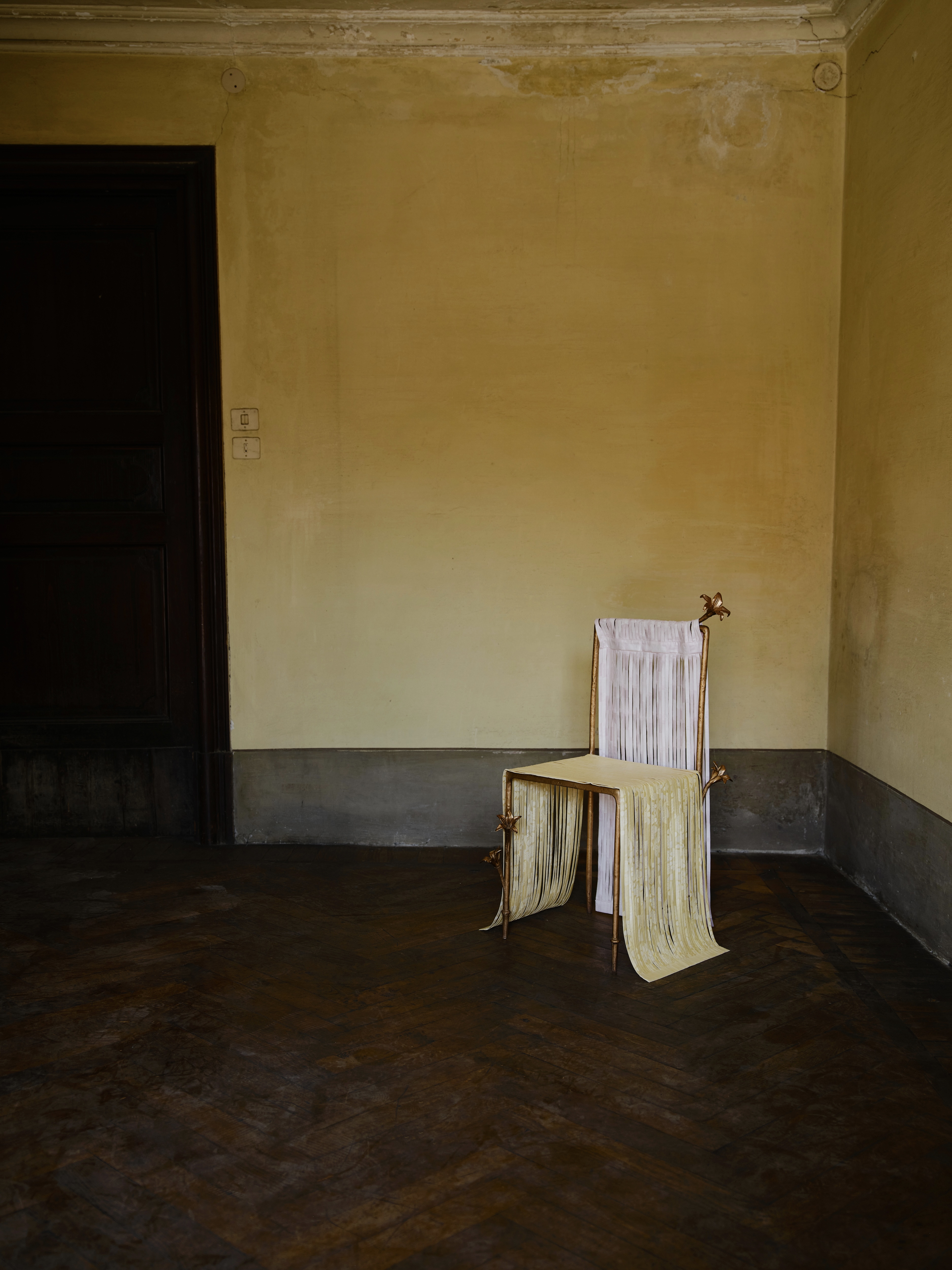
The collaboration builds on Super Yaya’s A/W 2025 collection, ‘Sans-Soleil’, where fabric was explored as both form and movement through delicate, layered bands that wrapped the human body. Here, those same gestures are transferred from the body to bronze furniture.
Titled ‘Softness and Strength’, the series includes a chair and two tables, each draped with long textile strips that extend beyond the furniture's surfaces – falling from seats, grazing the floor, and subtly shifting the silhouettes they touch.

We spoke with Conie Vallese to find out more…
Wallpaper*: How did the collaboration with Rym Beydoun of Super Yaya come about?
Conie Vallese: Rym was in the midst of developing her A/W 2025 collection ‘Sans Soleil’ when I approached her with the idea of a collaboration. We met in Paris a few years ago and I instantly felt a connection and appreciation for her work. For this, it naturally made sense to her to extend the [collection's] visual language to my pieces – dressing them with similar intention, using the techniques and colour palette already in dialogue within her own collection.
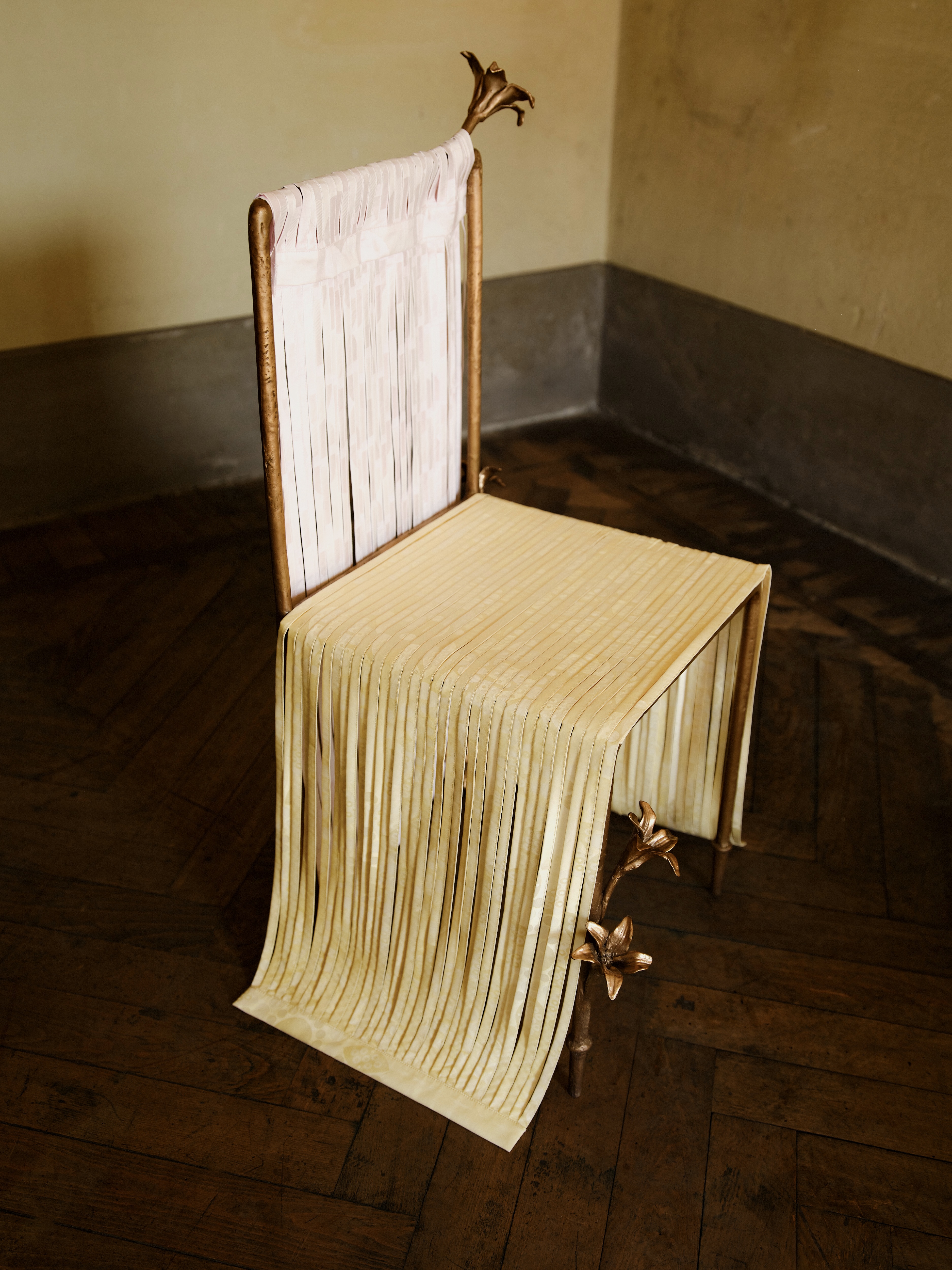
W*: What was the creative process like, and how did your design languages respond to or influence one another?
Wallpaper* Newsletter
Receive our daily digest of inspiration, escapism and design stories from around the world direct to your inbox.
CV: There was an intuitive alignment from the start. Rym's approach to textile and surface echoed the essence of the forms I was developing. Rather than imposing one practice onto the other, we let the materials speak to each other, her textile interventions amplified the emotional tone of the bronze works, and my pieces, in turn, offered a new kind of structure for her expressions. It felt like a mutual conversation rather than a layering of two separate languages.
W*: Your mediums, bronze and textile, naturally carry opposing qualities. What deeper ideas or emotional resonances were you hoping to express through this interplay?
CV: The contrast between bronze and textile beautifully embodied the name of the show: 'Softness and Strength'. That duality became the emotional core of the collaboration. The hardness of bronze met the fluidity of textile, creating a tension that felt deeply poetic.
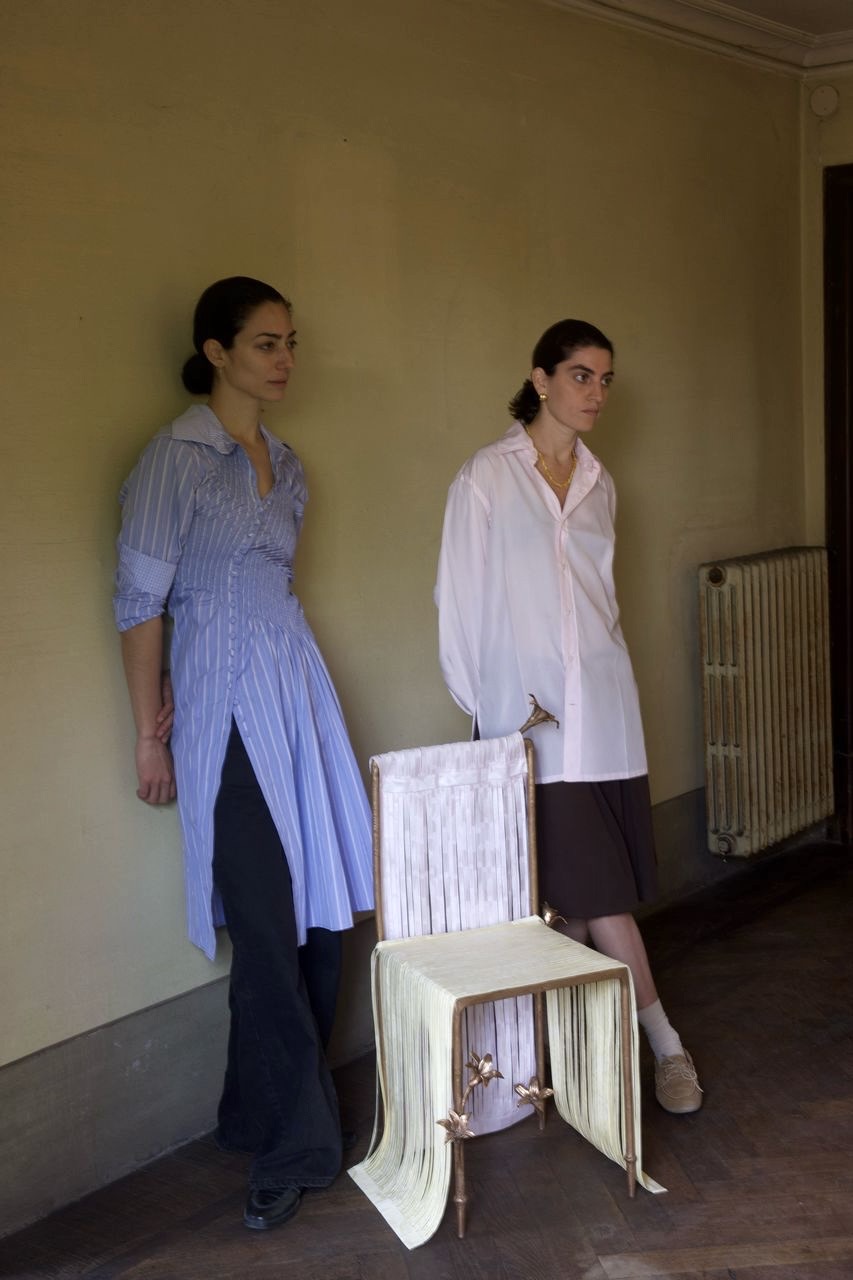
Conie Vallese and Rym Beydoun
W*: What made Villa Bagatti the right setting for this work?
CV: Villa Bagatti's atmosphere offered the perfect counterpoint – raw, textured, yet full of warmth. The room created beautiful dialogues and feelings through the different lights of the day. The interplay between indoor and outdoor spaces, shadow and light, created a rhythm that echoed our work. It didn't feel clinical or minimal; it was grounded, generous, and quietly majestic, the kind of space that holds history without overpowering the present.
W*: Do you see this as the beginning of an ongoing dialogue between your practices?
CV: It's possible. We both often collaborate with other creatives. What's meaningful is the freedom these collaborations allow. In this case, the dialogue felt open, fluid, and full of potential.
super-yaya.com
@conievallese
See more from Milan Design Week
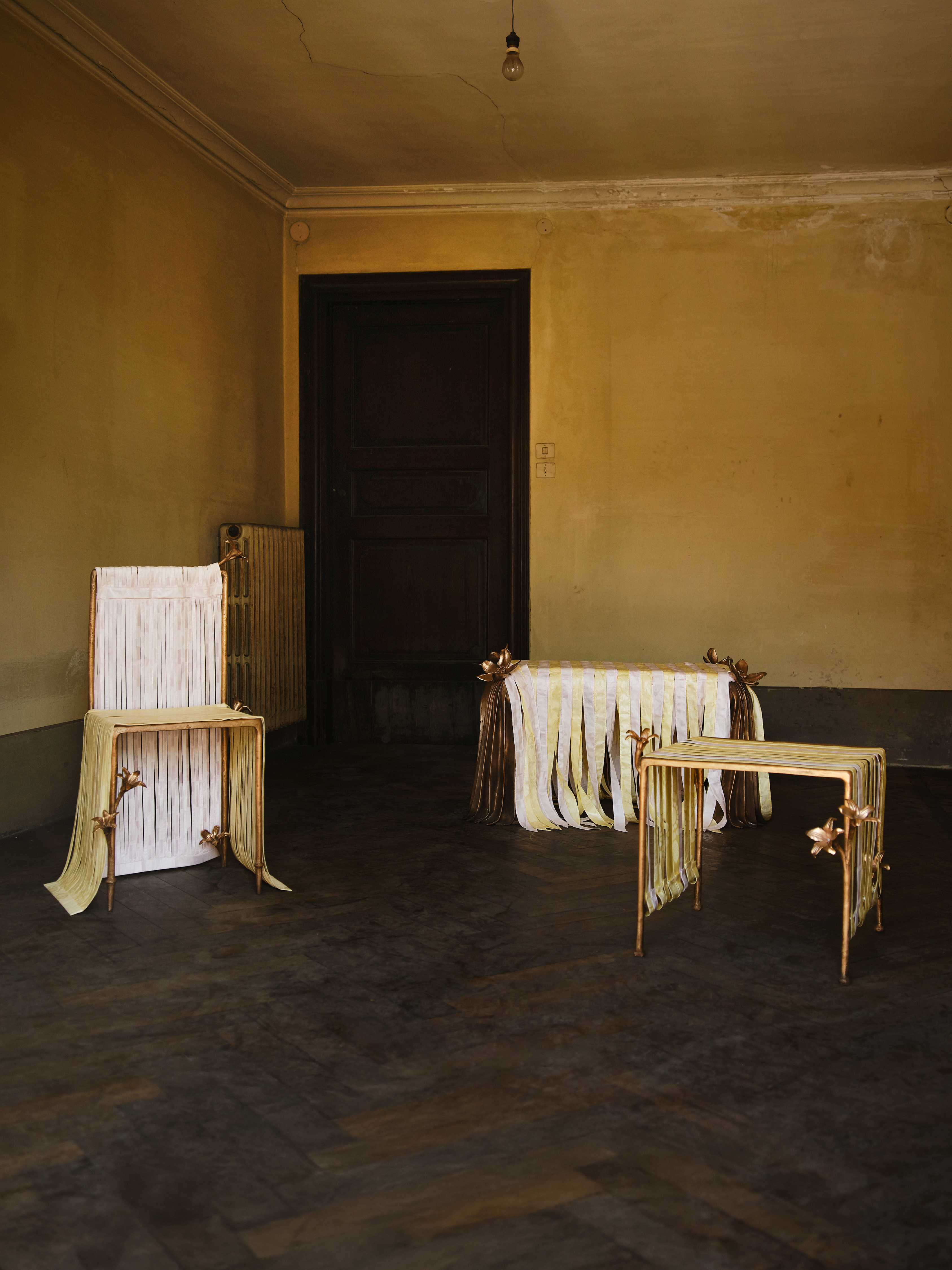
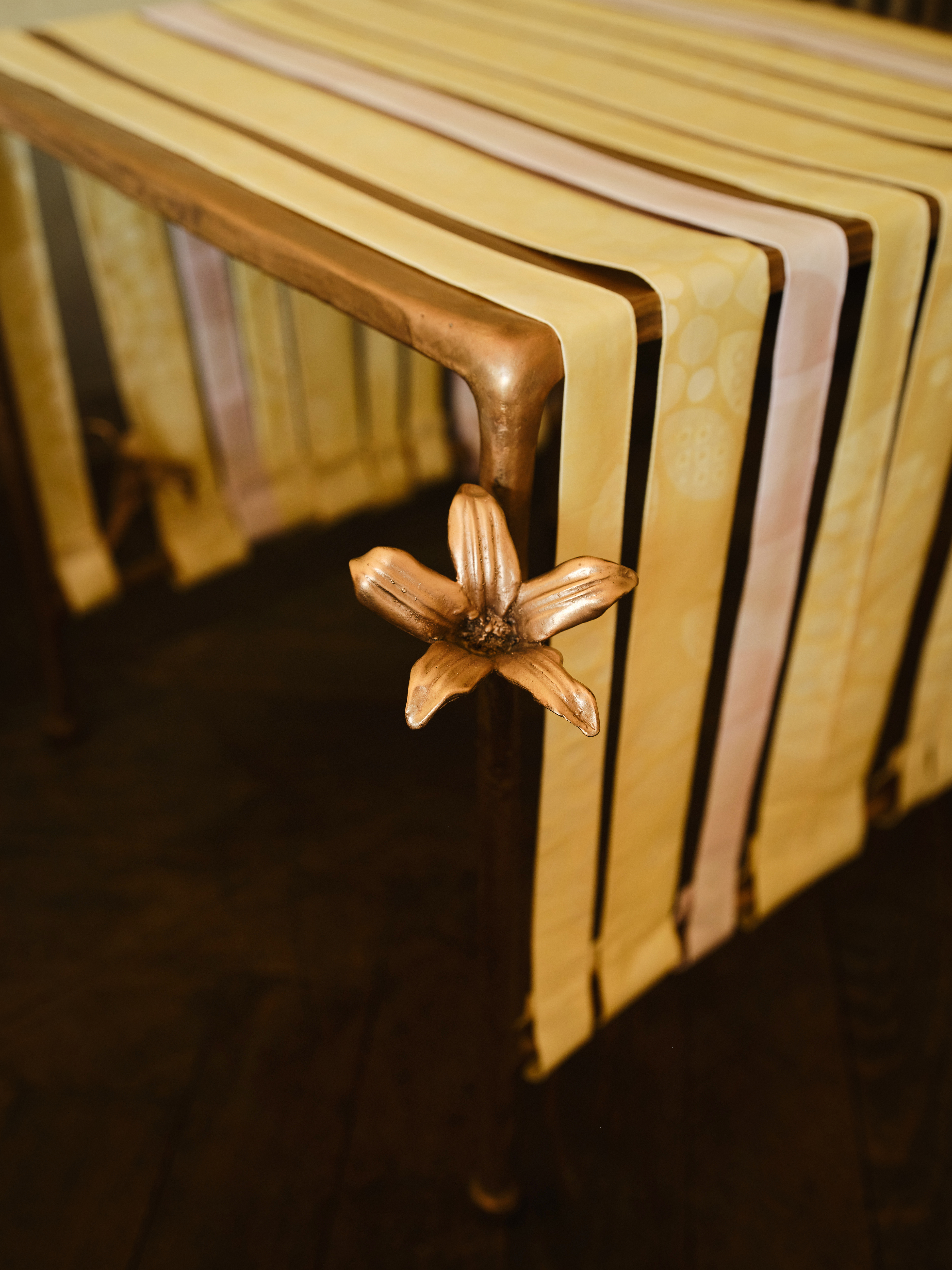
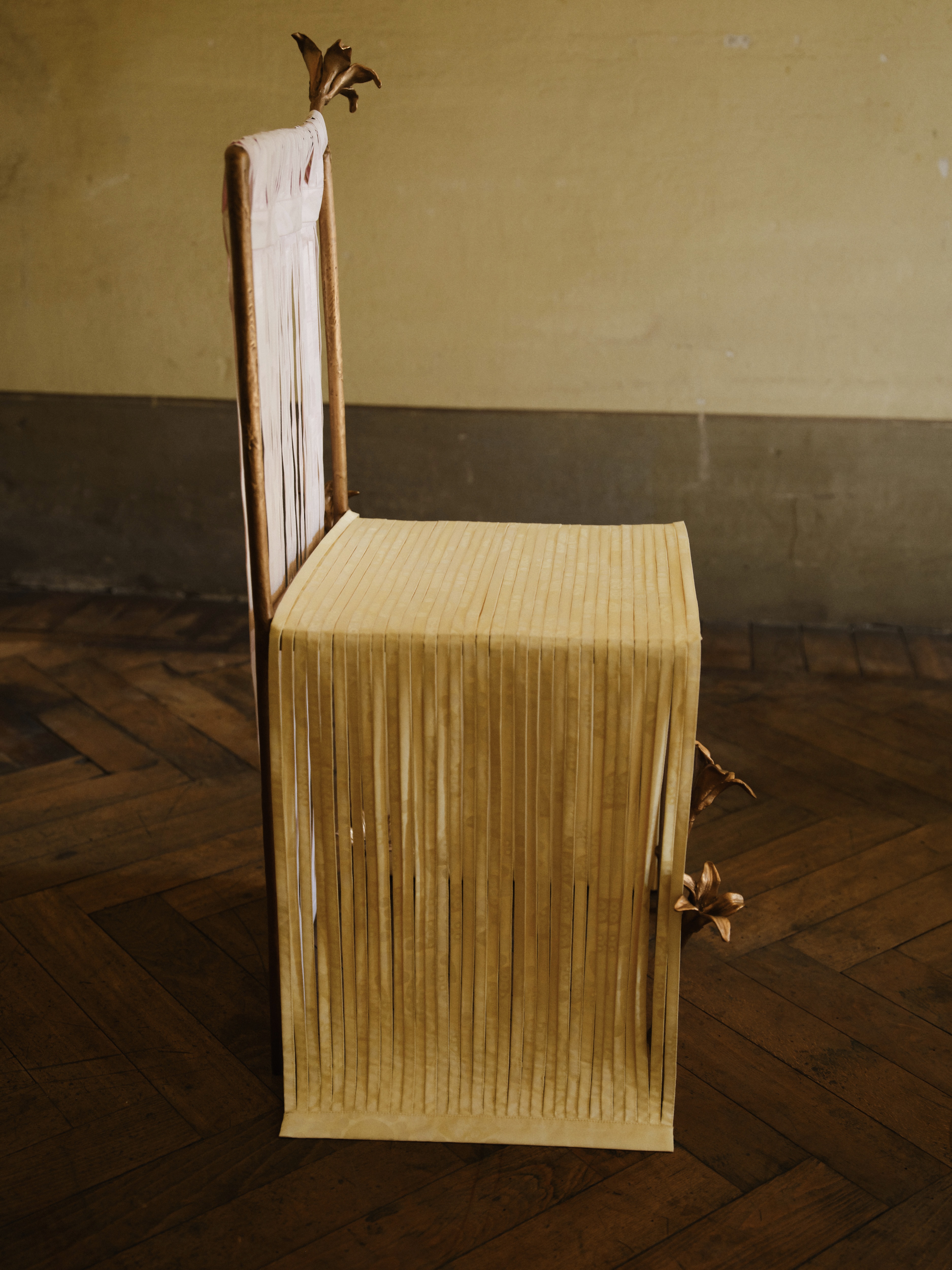
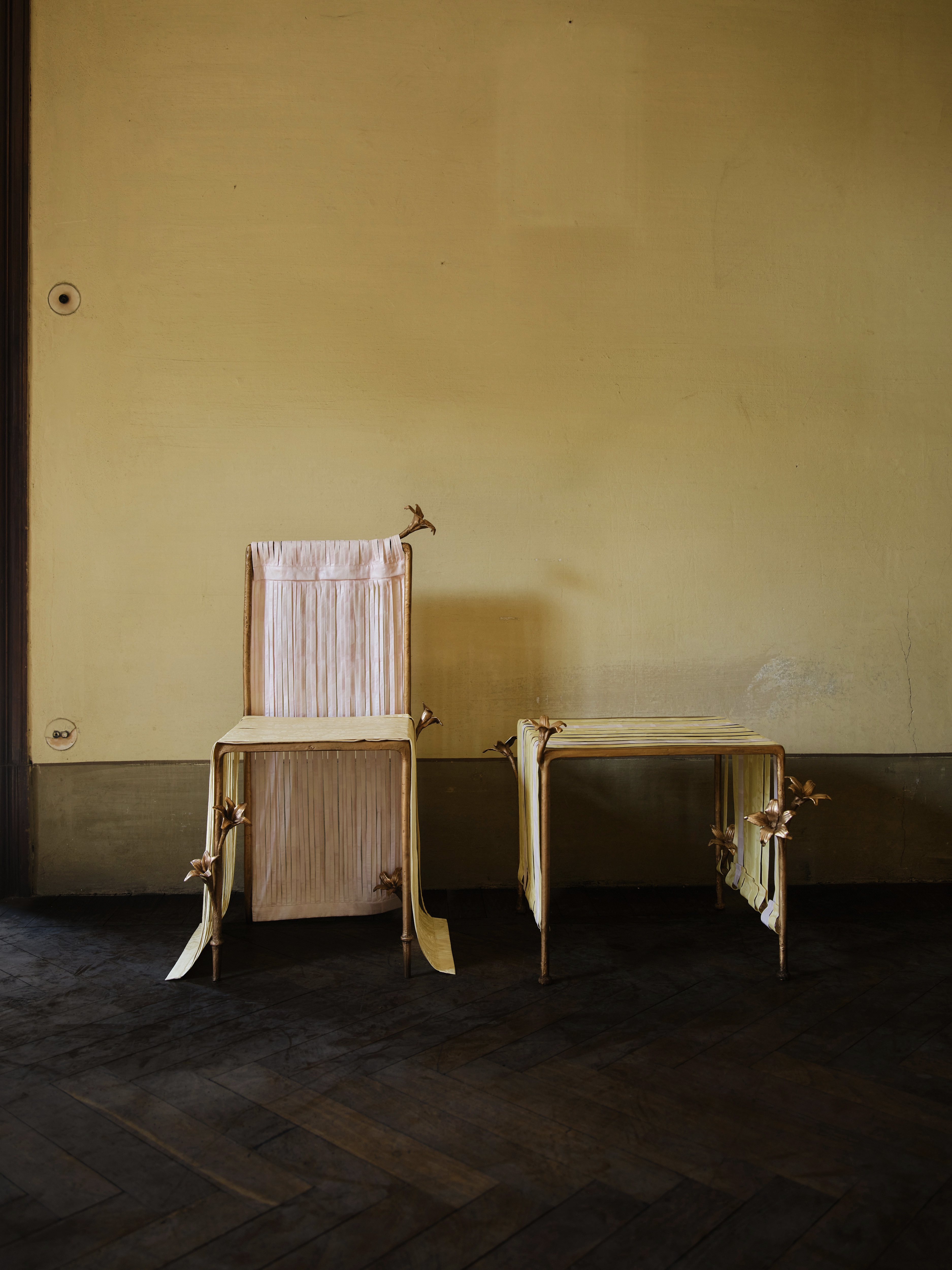

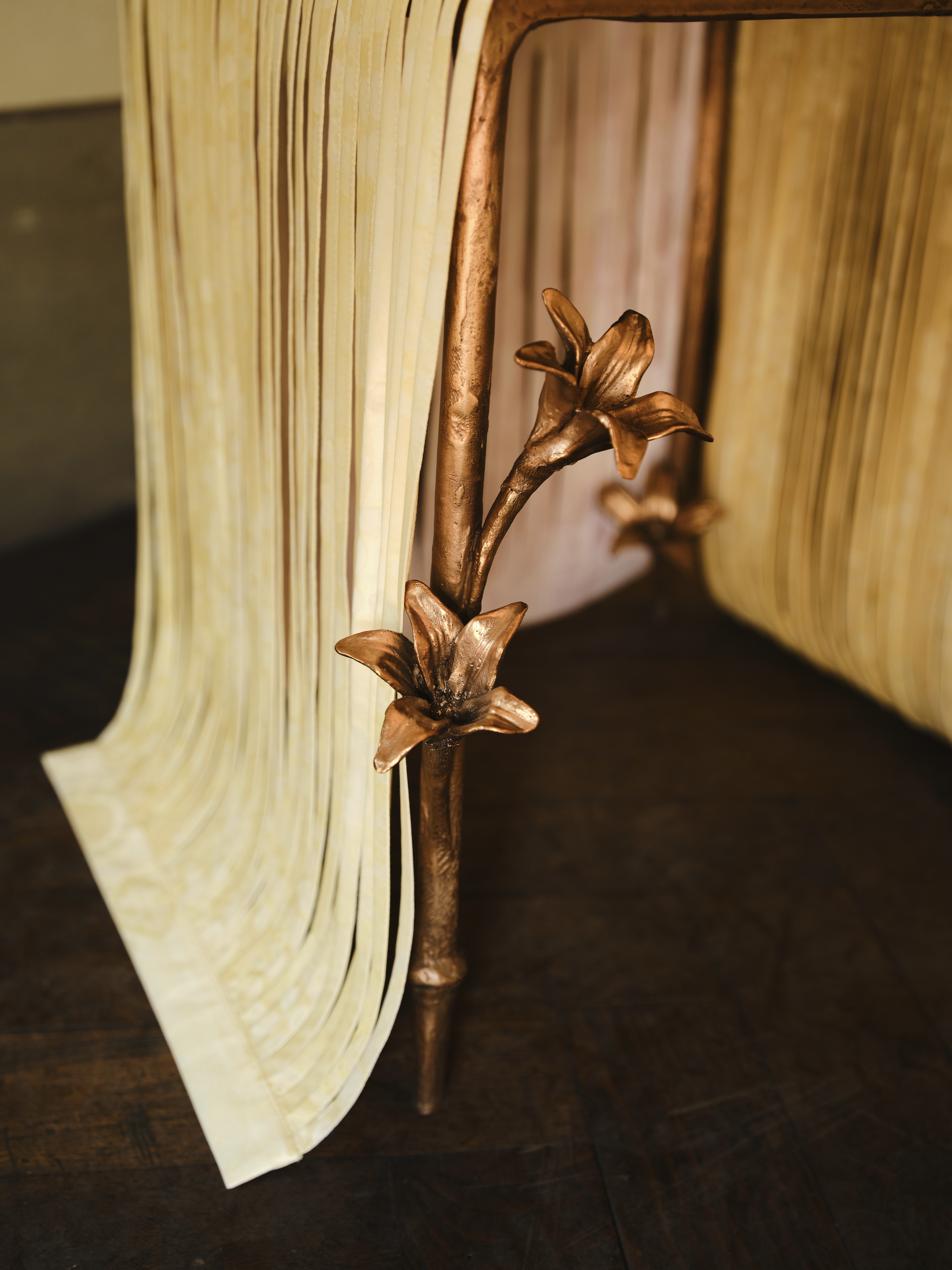

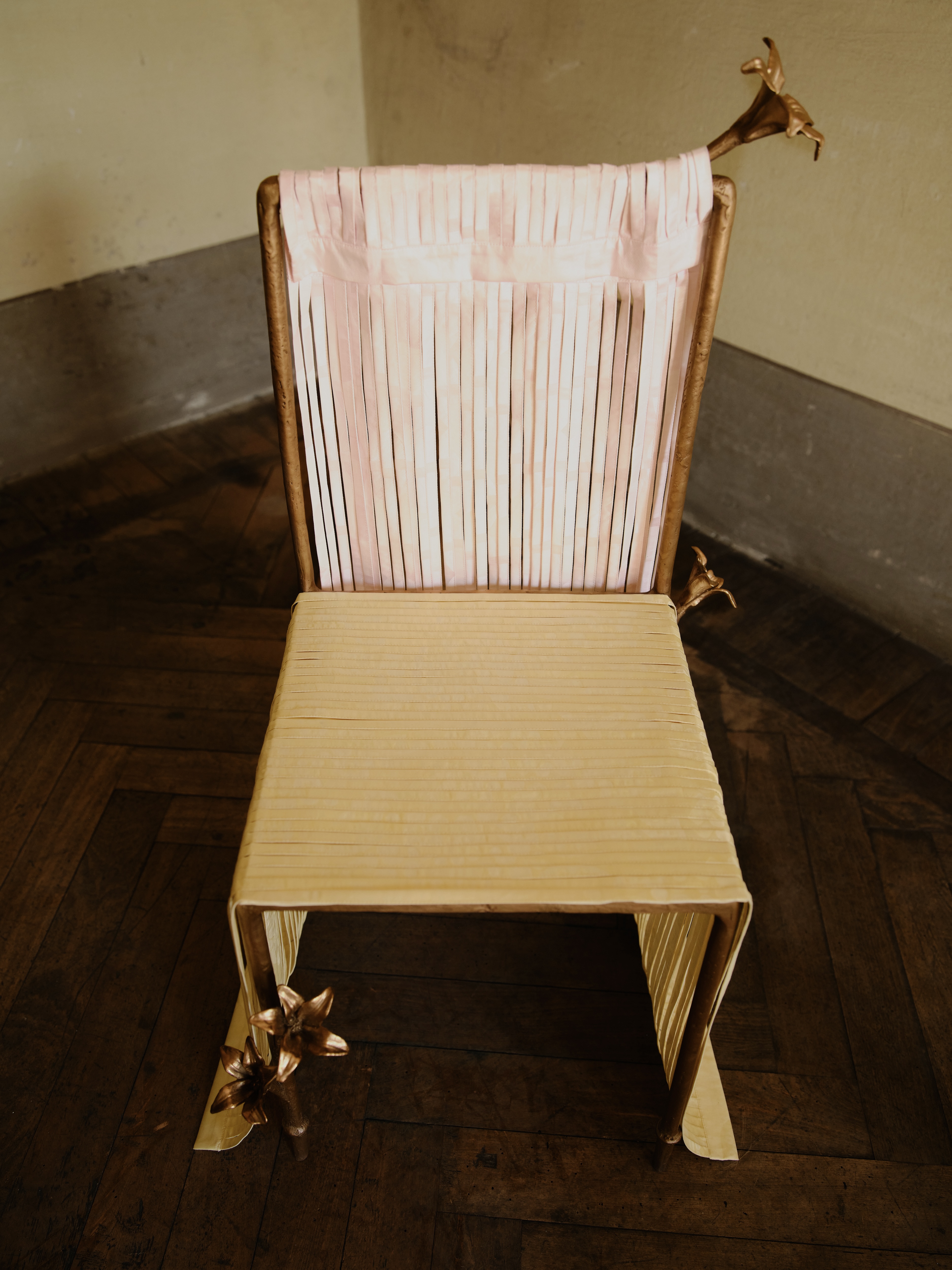
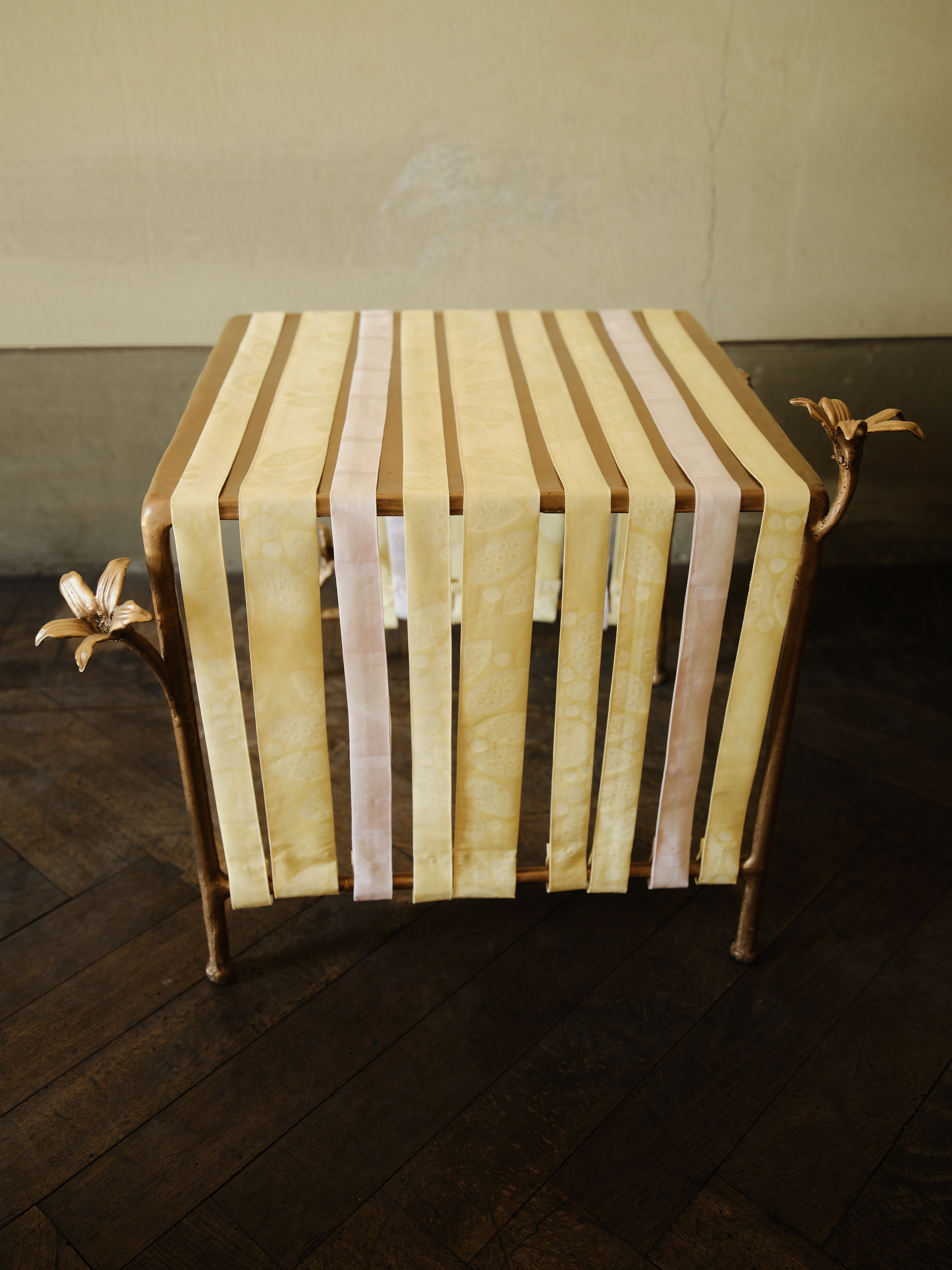
Ali Morris is a UK-based editor, writer and creative consultant specialising in design, interiors and architecture. In her 16 years as a design writer, Ali has travelled the world, crafting articles about creative projects, products, places and people for titles such as Dezeen, Wallpaper* and Kinfolk.
-
 The Moomins take New York with a debut US exhibition
The Moomins take New York with a debut US exhibitionIn time for her beloved characters' 80th anniversary, the work of Finnish artist Tove Jansson will go on display at the Brooklyn Public Library
-
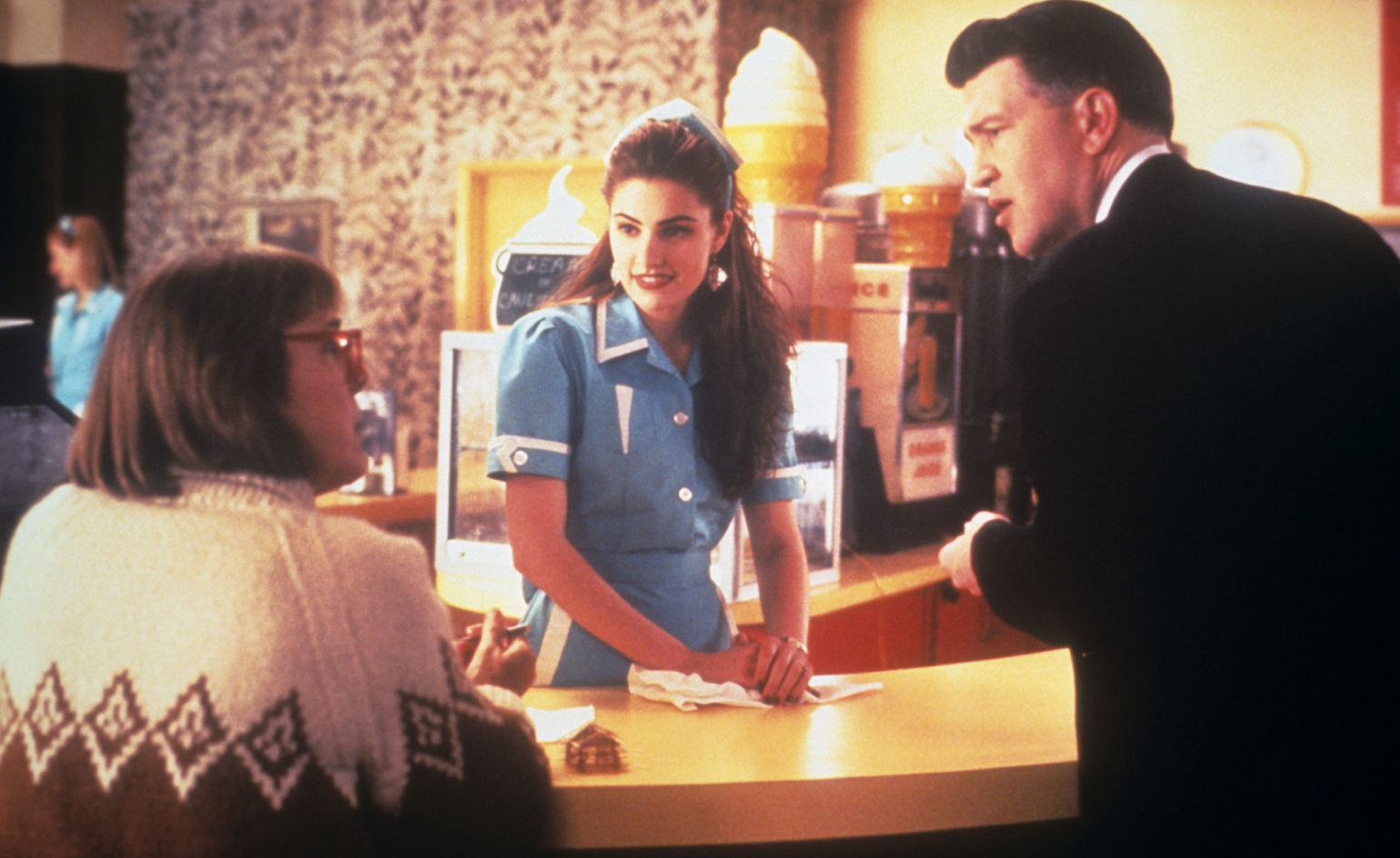 Twin Peaks’ Double R Diner is coming to London (for a day)
Twin Peaks’ Double R Diner is coming to London (for a day)Mubi marks Twin Peaks’ 35th anniversary with pop-up diner and streaming release
-
 Why are so many rooms covered in curtains?
Why are so many rooms covered in curtains?Comfort, privacy, and performance are all contained in the rooms swaddled in plush draperies
-
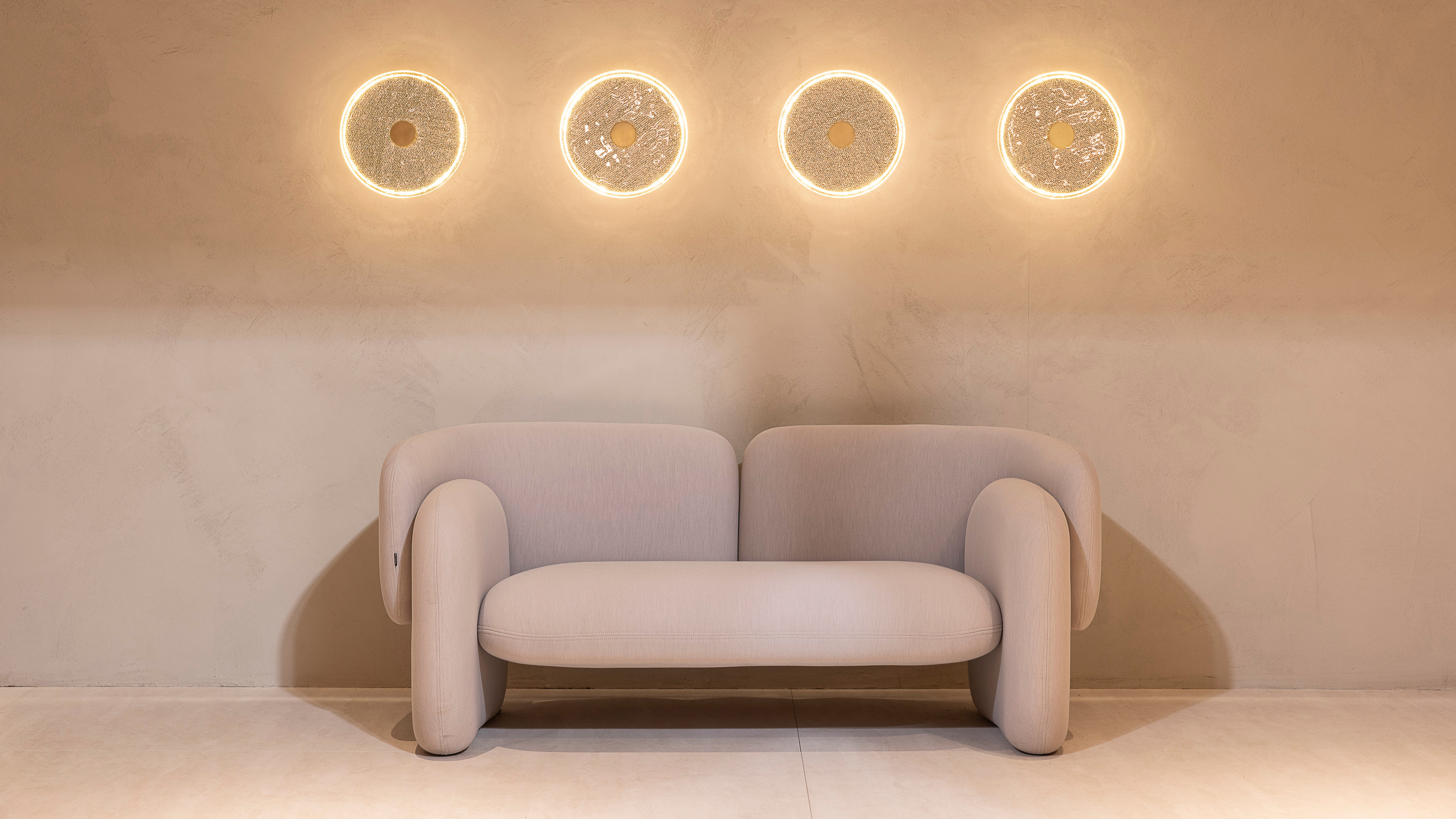 Lasvit brought forest, fabric and frozen light to Euroluce 2025
Lasvit brought forest, fabric and frozen light to Euroluce 2025Czech glassmaker Lasvit’s 2025 lighting launches look to nature for inspiration and reflection
-
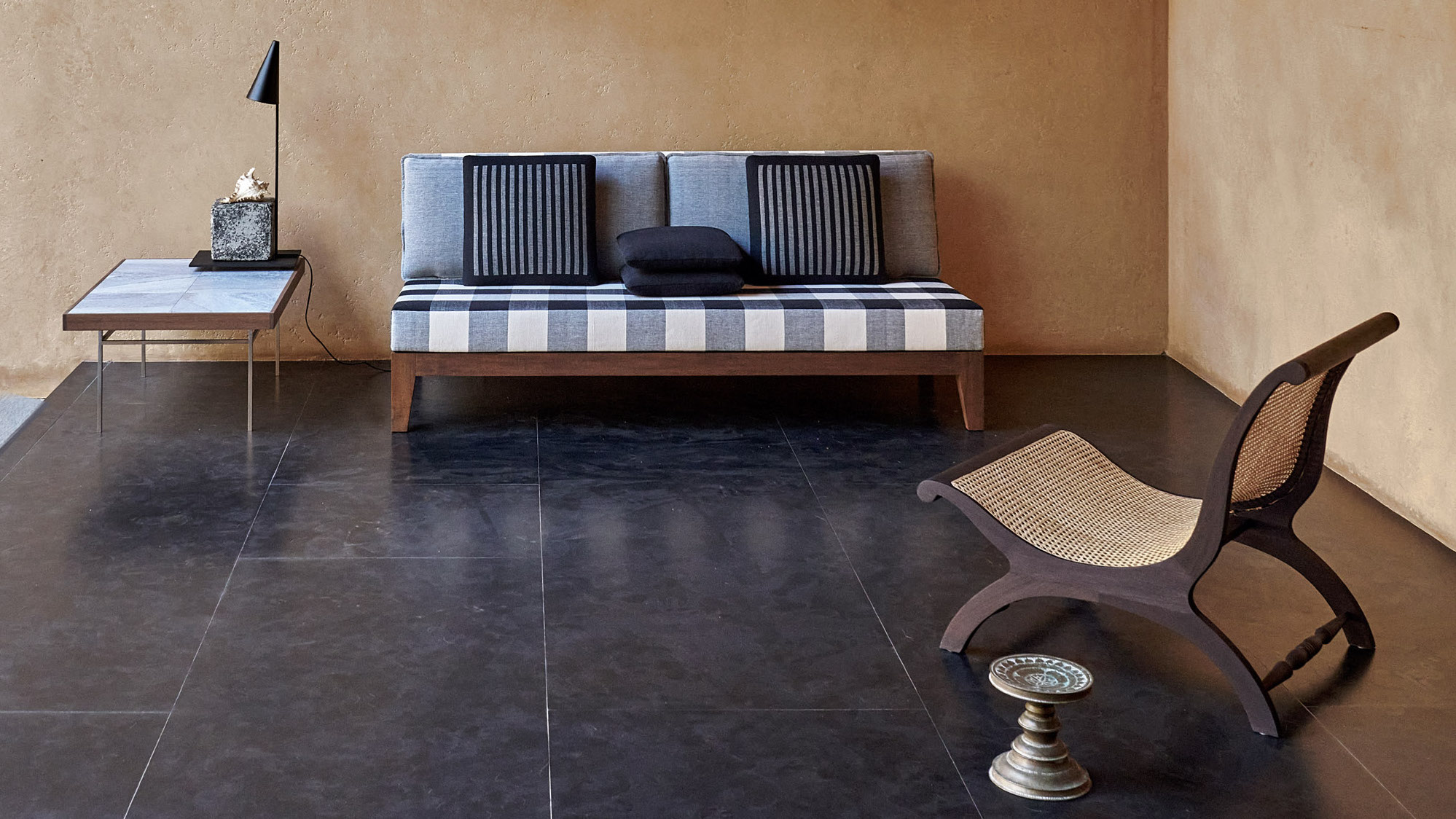 Geoffrey Bawa’s furniture designs are revived – a tropical modernist treat
Geoffrey Bawa’s furniture designs are revived – a tropical modernist treatBangalore studio Phantom Hands cultivates the furniture legacy of Sri Lankan tropical modernist pioneer Geoffrey Bawa
-
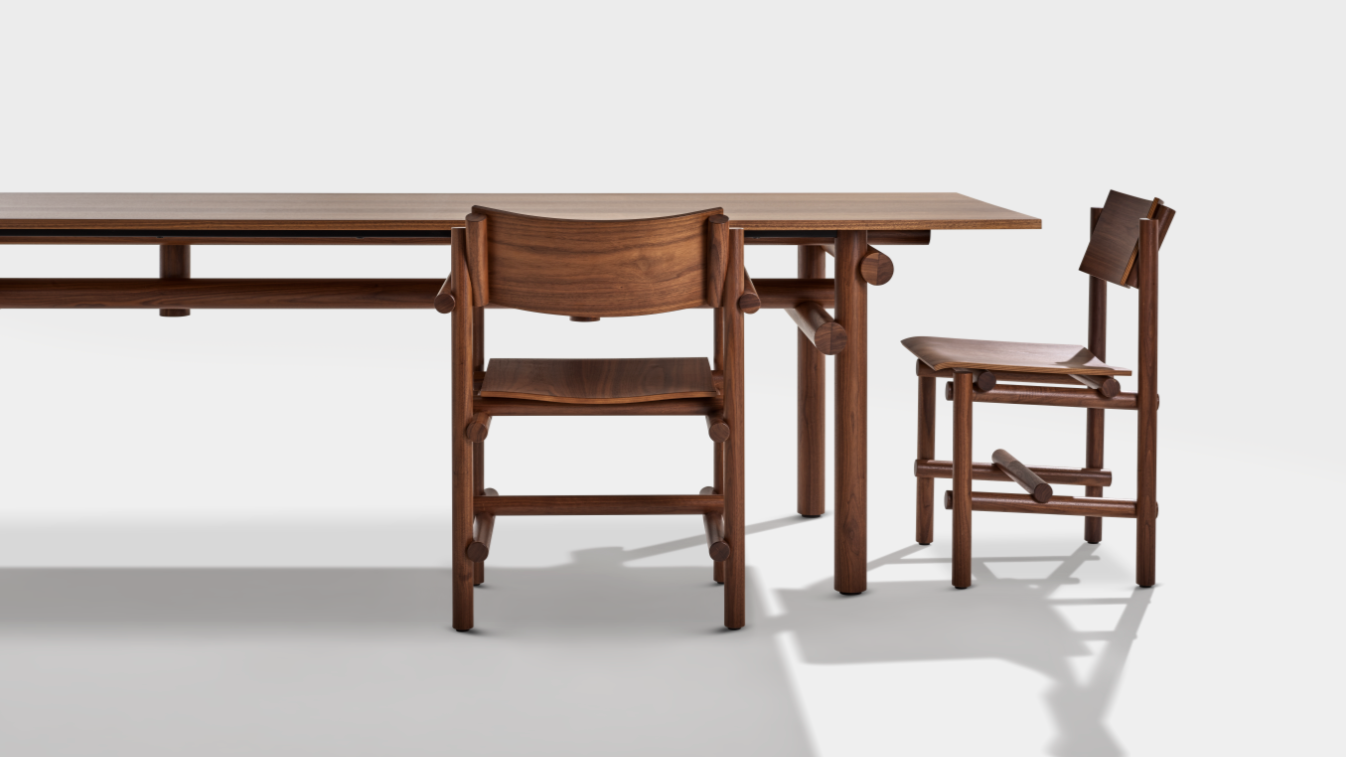 Tectonic modernity makes for fine dining furniture from Knoll
Tectonic modernity makes for fine dining furniture from KnollThe new ‘Muecke Wood Collection’ by architect Jonathan Muecke for Knoll brings artistry to the table
-
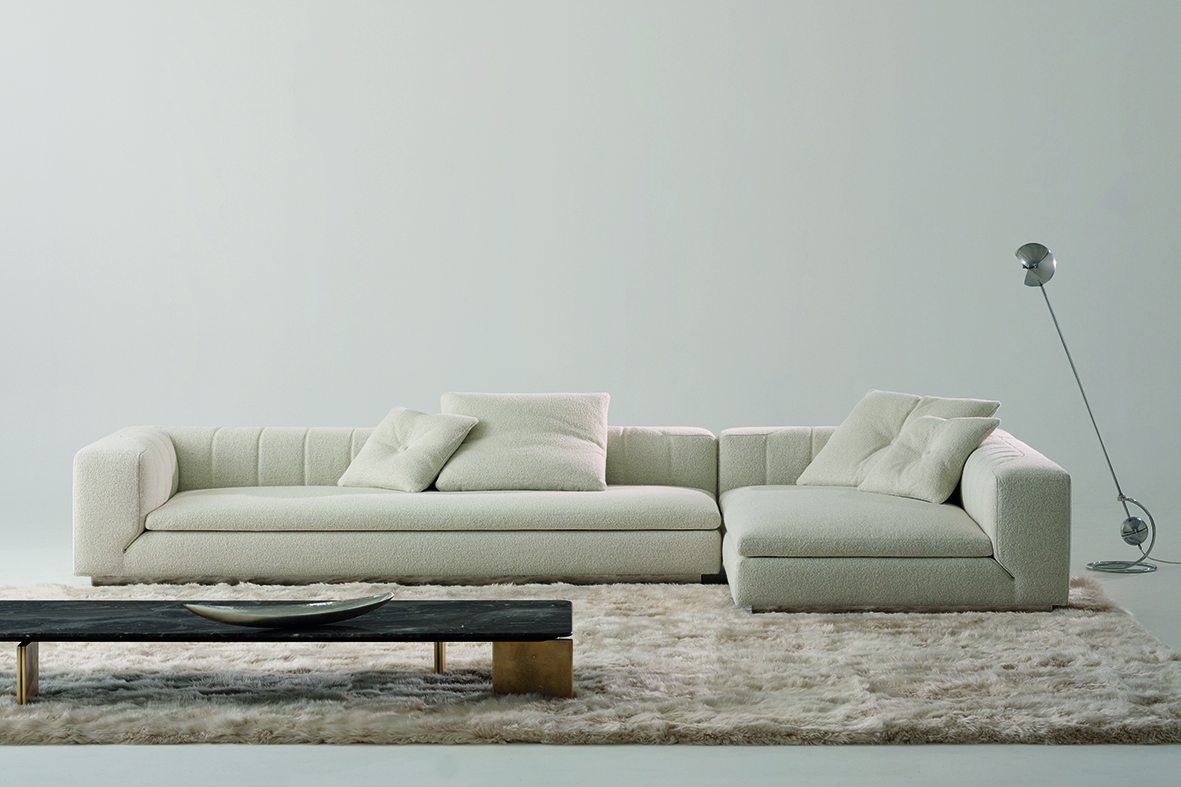 Elegance personified, the 'Riley' sofa is a handsome beast
Elegance personified, the 'Riley' sofa is a handsome beastA new sofa by Hannes Peer for Minotti has us swooning, not slouching
-
 At Milan Design Week 2025, Turri launches a circular dining table fit for ceremonial feasts
At Milan Design Week 2025, Turri launches a circular dining table fit for ceremonial feastsThe new ‘Kenobi’ by Marco Acerbis for Turri is the kind of dining table we like to get around
-
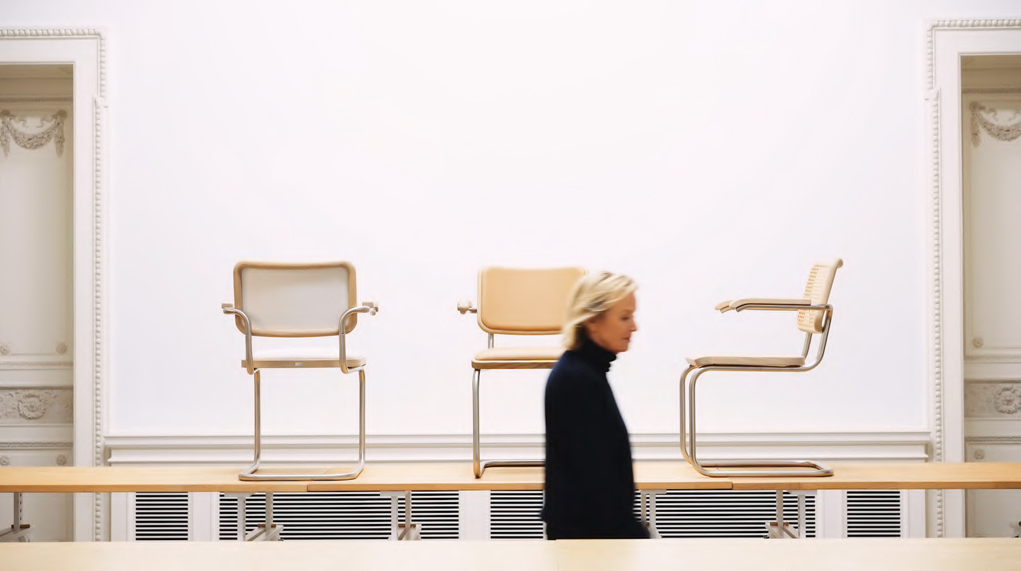 All hail Jil Sander’s first foray into furniture
All hail Jil Sander’s first foray into furnitureAt Milan Design Week, the venerated fashion designer unveils a respectful take on a tubular furniture classic for Thonet
-
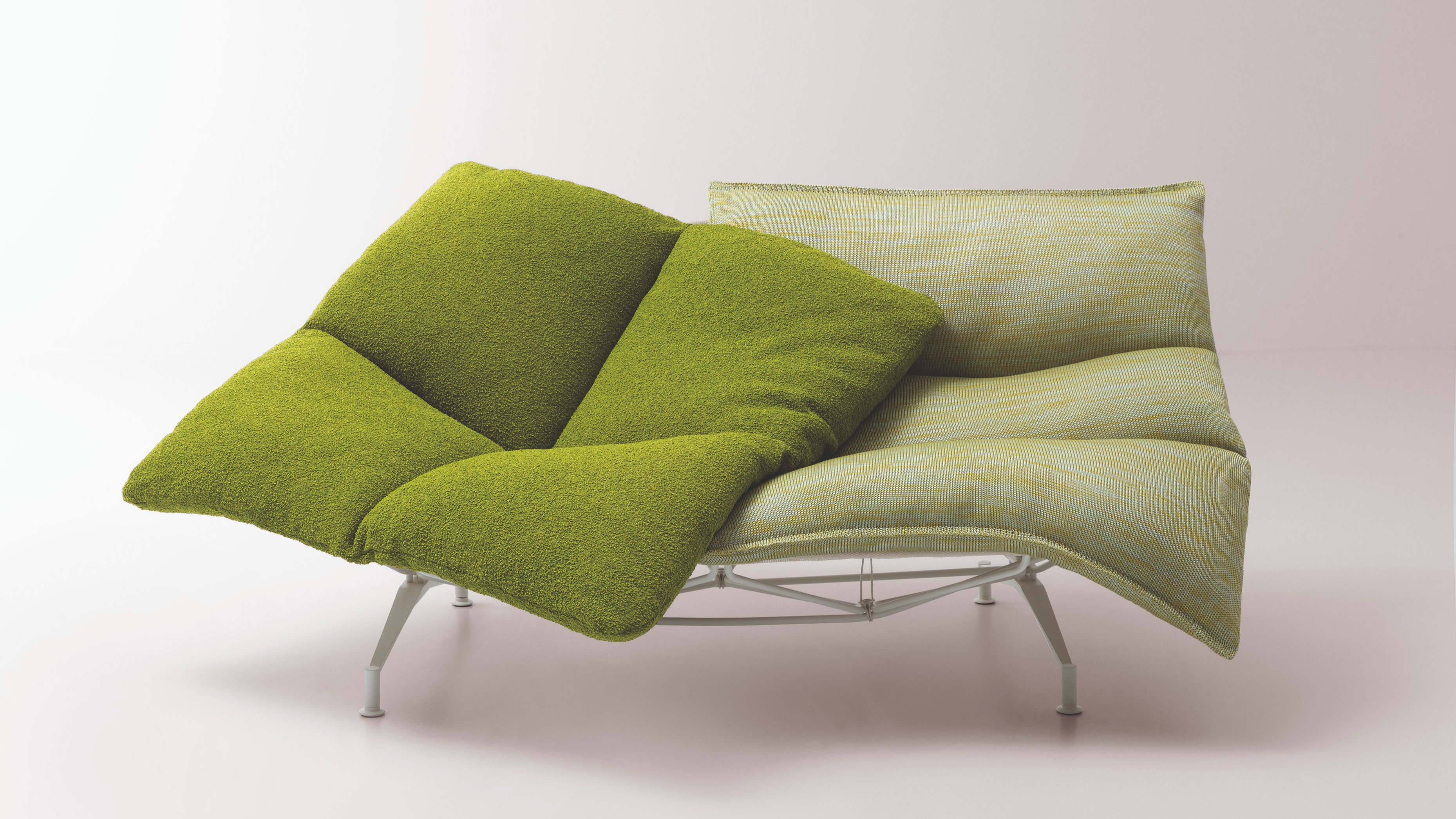 Paola Lenti unveils future-facing ‘Alma’ outdoor seating
Paola Lenti unveils future-facing ‘Alma’ outdoor seatingAt Milan Design Week 2025, Argentine designer Francisco Gomez Paz and Italian brand Paola Lenti unveil ‘Alma’ – a lightweight, technically advanced outdoor seating system
-
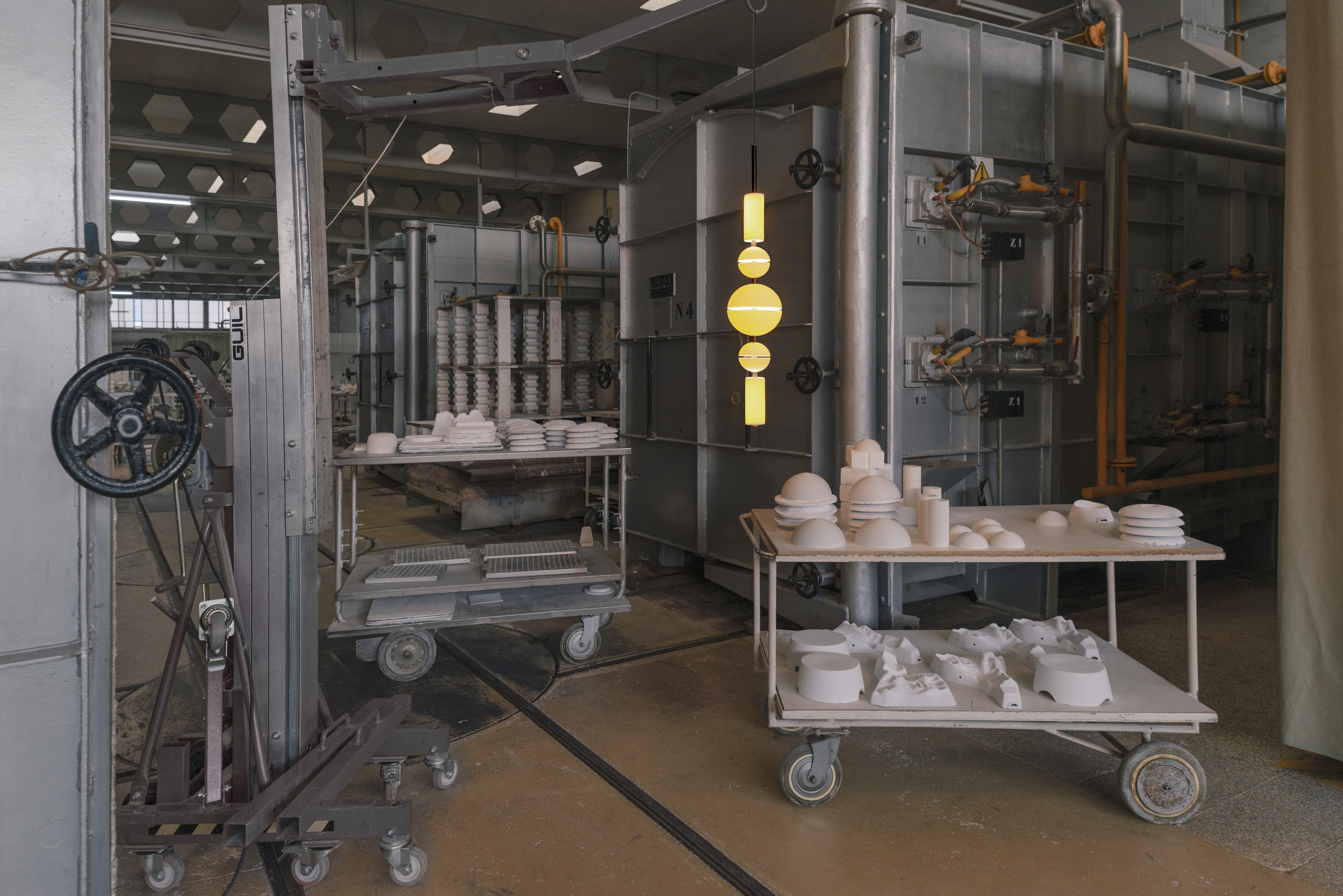 Milan Design Week: these porcelain lights mimic paper lanterns
Milan Design Week: these porcelain lights mimic paper lanternsAn exclusive first look at Lee Broom's ‘Cascade’ lighting for Lladró, launching at Euroluce during Salone del Mobile 2025